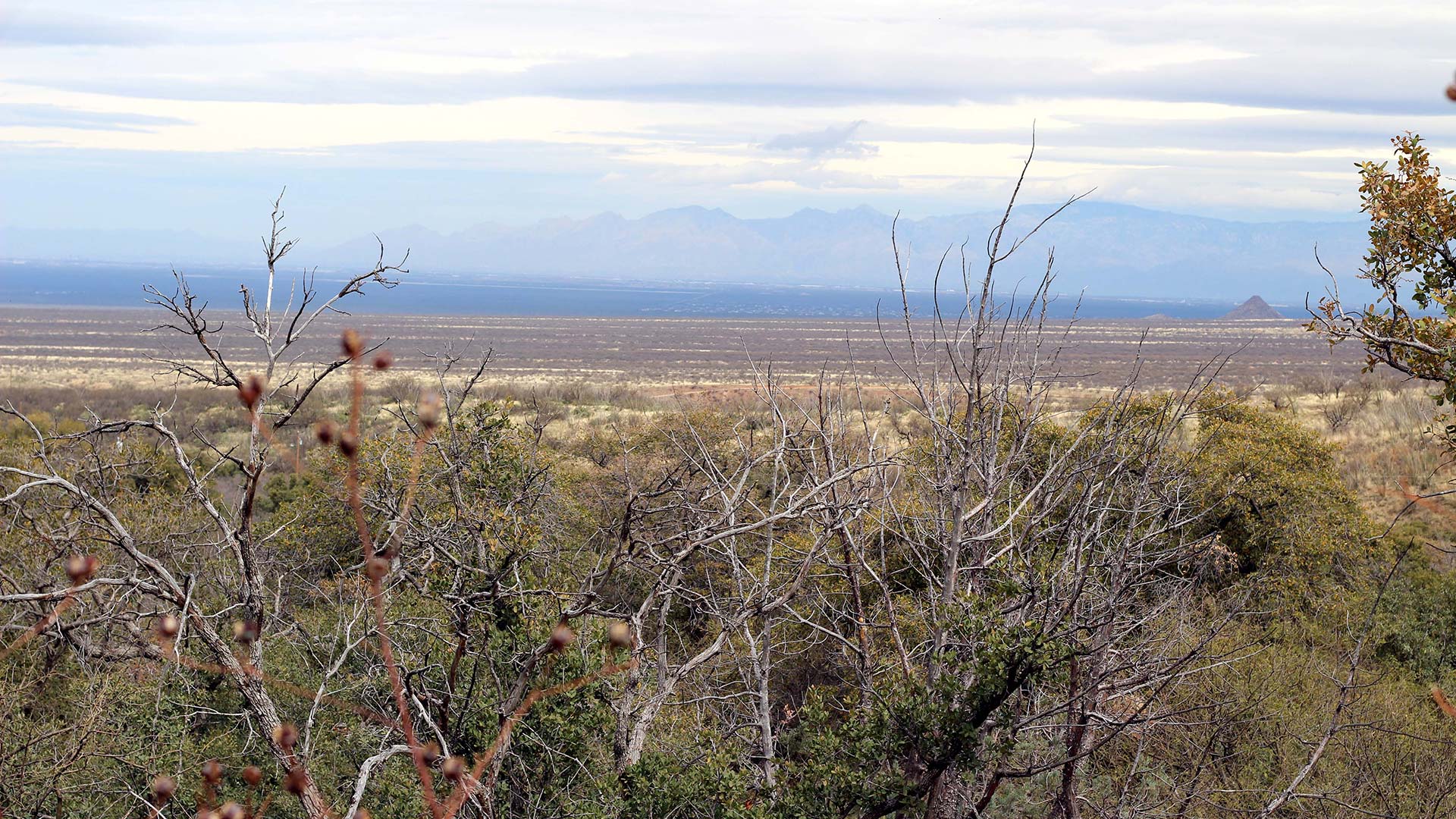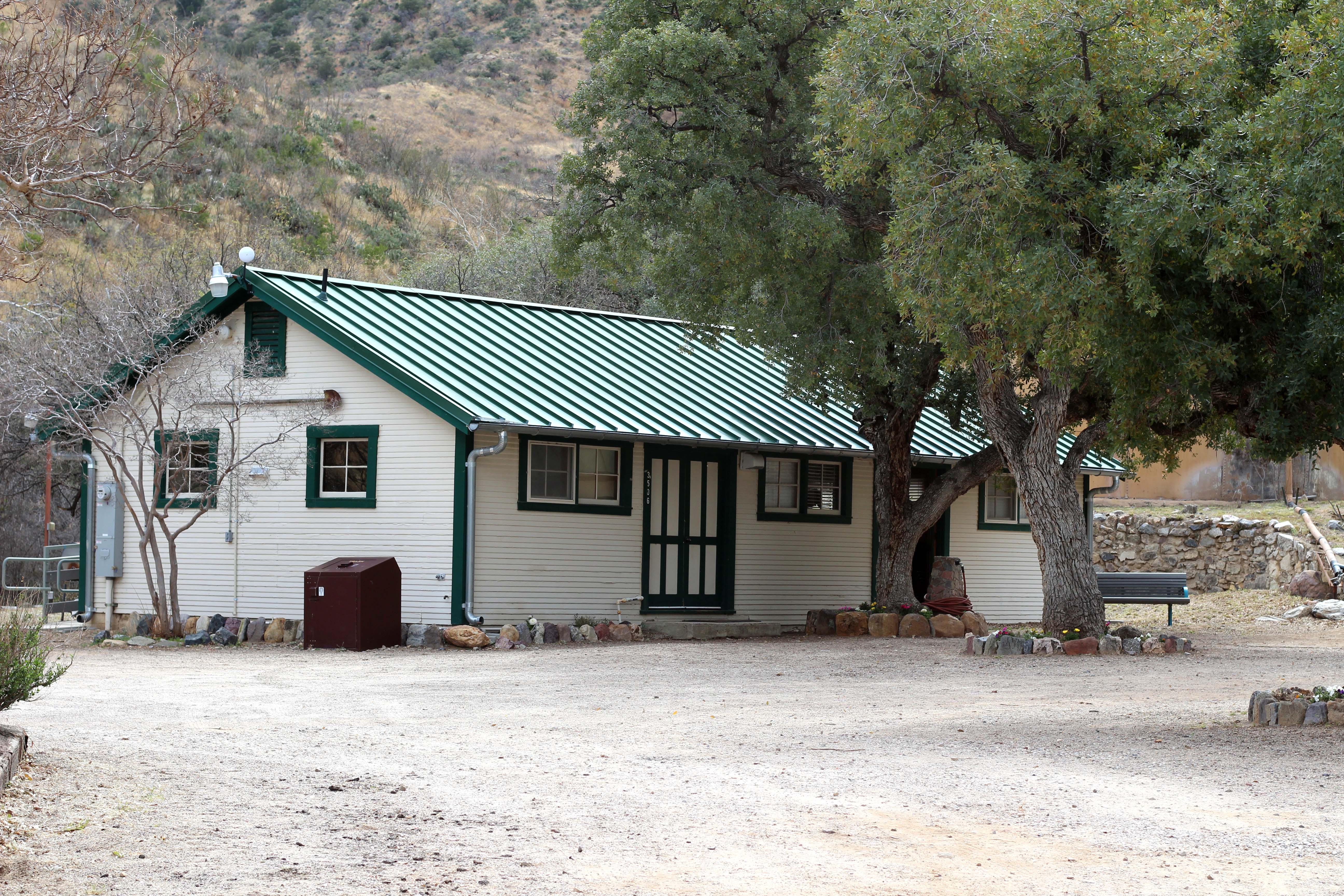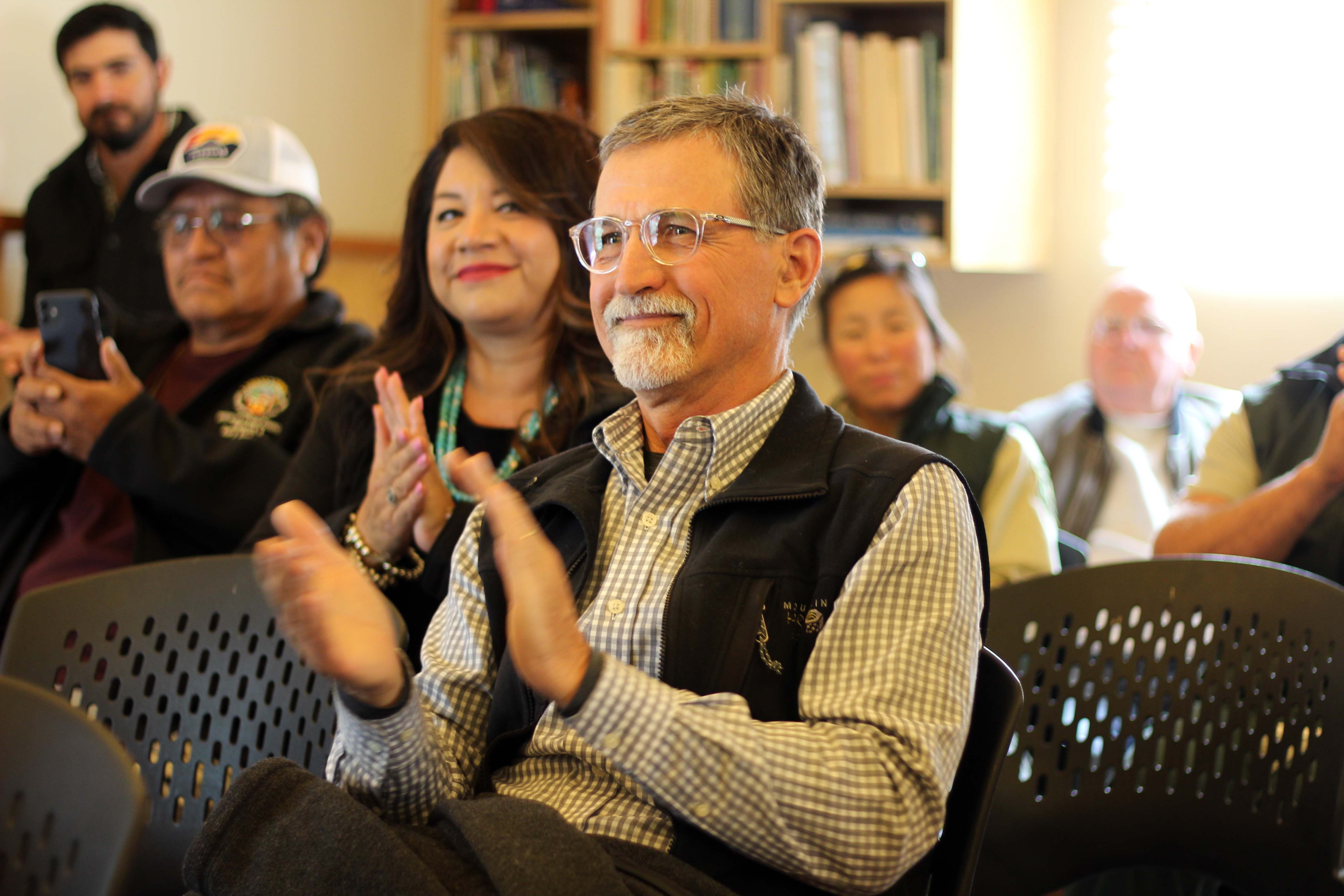 Views from the Santa Rita Experimental Range.
Views from the Santa Rita Experimental Range.
Near Madera Canyon recreational area, is the hidden gem that is the Santa Rita Experimental Range. Established in 1902, by a proclamation from President Theodore Roosevelt, it is the first experimental range reserve in the United States.
The research area consists of 53 thousand acres today and seeks to advance research and education on the ecology and management of semiarid grasslands in the Southwest.
On Tuesday, March 22, representatives from the University of Arizona and the Coronado National Forest Service gathered to sign a historic lease agreement, on the eve of the 121st anniversary of the field station, the longest-operating research area in the United States.
Brett Blum is the director of the Southern Arizona Experiment Station, for the University of Arizona. He said that the celebration was the recognition of a 120-year relationship between the University of Arizona and the US Forest Service that dates back prior to the establishment of the government agency, in 1905. He says the long-term lease also brings stability for things like fundraising.
“By (having) all parties involved recognizing the term limit of the lease being 60 years and outliving any of our careers that will be involved in this, it’s really something we can pass onto future generations to continue in the same mode and operation with the intent to grow, to continue community engagement and get everybody involved in recognizing the amount of science and the level of detail right here in our own backyards in Tucson,” Blum said.
Adam Milnor, with the Coronado National Forest, said that the event is a multigenerational commitment and hopes that more people will get to visit and enjoy this area.
“Just more of a welcoming and inclusive environment that doesn’t feel like this space set aside only for academia research but also putting the hand out there saying ‘come, join us, learn about this place, spend time here,” Milnor said.
 One of the historic buildings at the Santa Rita Experimental Range headquarters.
One of the historic buildings at the Santa Rita Experimental Range headquarters.
The field station has biological databases dating back to its inception in the early 1900s. Mitchel McClaran, the station's director said the collection includes 135 locations around the Santa Rita mountains.
“The kinds of changes in general that we’ve seen are the increase in woody plants, so mesquite primarily since 1902, and then we’ve seen booms and busts, so increases and decreases in things like prickly pear cactus and then cholla cactus, and a small shrub called burroweed,” McClaran said. McClaran credits repeat photography for understanding how dynamic the range is and being able to identify the drivers of change. The amount of data that the SRER has accumulated over time, is more complete than any other tract of comparable size and diversity.
 Mitchel McClaran, director of the Arizona Experiment Station on Tuesday, March 21 at the Santa Rita Experimental Range.
Mitchel McClaran, director of the Arizona Experiment Station on Tuesday, March 21 at the Santa Rita Experimental Range.
“We often find ourselves collecting more data than we have the time to analyze and analyze in ways that we hadn’t even imagined before and if we don’t share that data, then those opportunities for a different perspective on the analysis and a different approach to the analysis will never happen and it does a disservice to the collection of data to not make it available to others to do an analysis with,” McClaran said.
Changes to plant life are not the only thing going on at the station. Researchers are also spearheading a virtual fencing project, using satellite technology communicated through a collar system on over 400 cattle.
“That’s our role as an experiment station, is to do the research and development discovery, to see where improvements could be, where problems might be when those problems and issues are addressed, it’s better adopted by the people who are going to use it,” McClaran said.

By submitting your comments, you hereby give AZPM the right to post your comments and potentially use them in any other form of media operated by this institution.